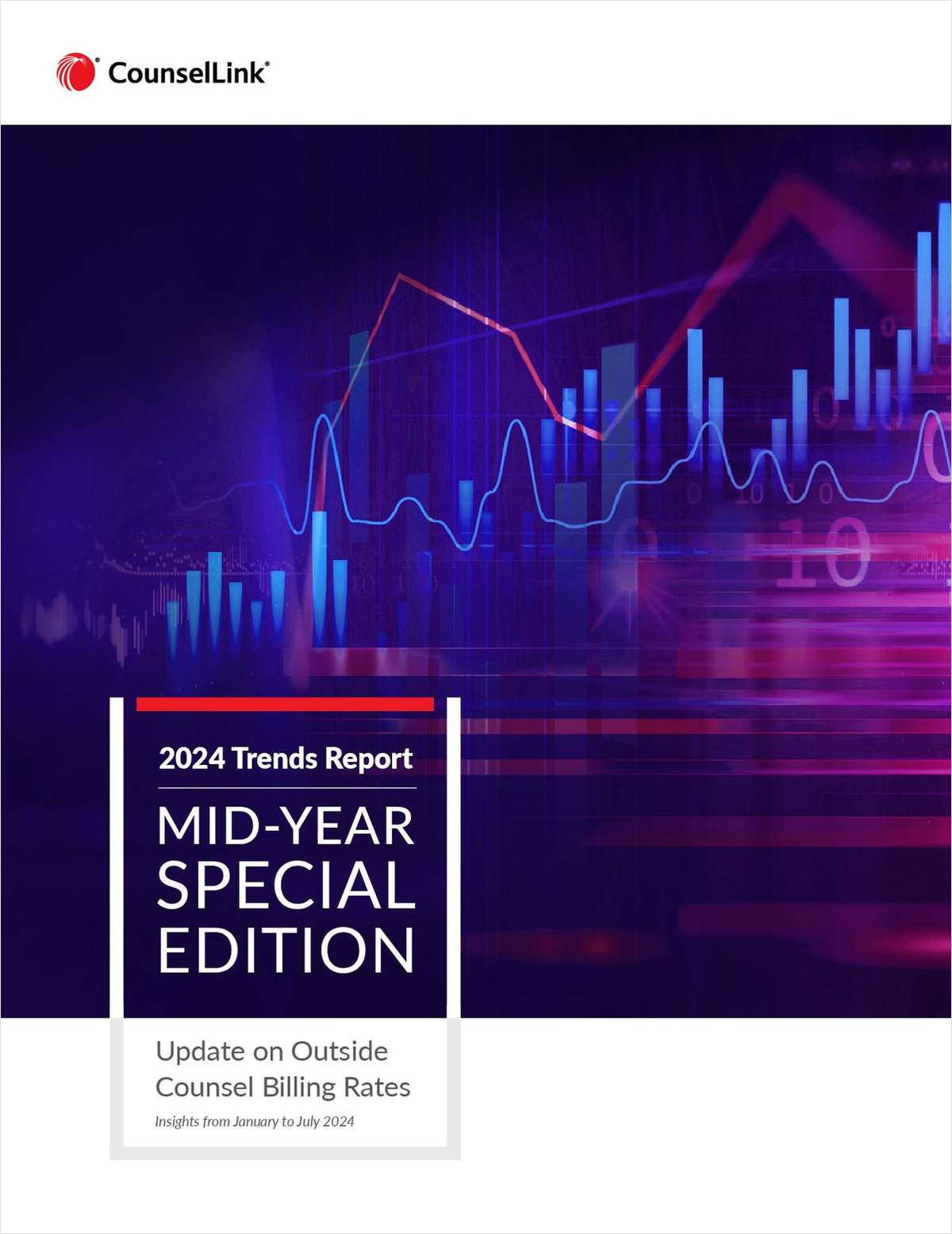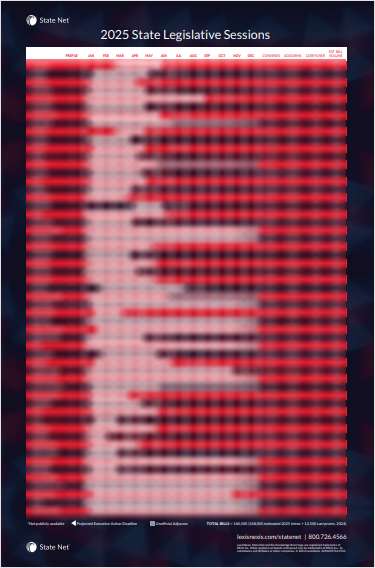Divergent Perspectives on Law Firm Innovation
Innovation is seen very differently by law firm leaders, partners, and associates
February 21, 2019 at 11:39 AM
14 minute read
In a previous article posted on law.com, I discussed the findings of late 2018 survey I conducted on the state of innovation in the legal market. At the end of the survey, to delve deeper into the DNA of the data, I ask for demographic information (firm size, revenue, footprint, revenue per lawyer, etc.) and/or the name of their firm so that I might fill in the data, myself. This allows me to compare data across demographic strata in hopes of finding “best practices” or gaps where improvements can be made. Specifically, I wanted to compare answers in three areas: (i) the various employment classes – leadership versus partners versus associates, (ii) RPL – “lower” versus “higher” and (iii) geographic footprint – international/global, domestic and regional. We'll start with the classes.
Homogeneity of the Classes – Leadership, Partners and Associates
Late last year I presented the findings of this survey at, and moderated a panel on legal innovation initiatives for, a legal innovation summit at Suffolk Law School in Boston. Our panel was early in the summit, but not so early that I wasn't able to see a common theme in both the presenters' and attendees' language: that of “culture.” In fact, I heard it talked about enough that in the middle of our panel I queried the audience: “Can you raise your hand if you find culture to be one of the top, if not the top, challenge you face from an innovation perspective”? We didn't take a formal tally but the vast majority of the attendees raised their hands. It was an interesting and somewhat clarifying moment. Culture is a hot topic, particularly where innovation is concerned.
NOT FOR REPRINT
© 2024 ALM Global, LLC, All Rights Reserved. Request academic re-use from www.copyright.com. All other uses, submit a request to [email protected]. For more information visit Asset & Logo Licensing.
Trending Stories
- 1The Law Firm Disrupted: For Big Law Names, Shorter is Sweeter
- 2Wine, Dine and Grind (Through the Weekend): Summer Associates Thirst For Experience in 'Real Matters'
- 3'That's Disappointing': Only 11% of MDL Appointments Went to Attorneys of Color in 2023
- 4What We Know About the Kentucky Judge Killed in His Chambers
- 5'I'm Staying Everything': Texas Bankruptcy Judge Halts Talc Trials Against J&J
Featured Firms
Law Offices of Gary Martin Hays & Associates, P.C.
(470) 294-1674
Law Offices of Mark E. Salomone
(857) 444-6468
Smith & Hassler
(713) 739-1250








